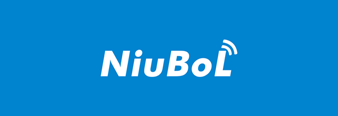

— Blogs —
—Products—
 Consumer hotline +8618073152920
Consumer hotline +8618073152920 WhatsApp:+8615367865107
Address:Room 102, District D, Houhu Industrial Park, Yuelu District, Changsha City, Hunan Province, China
Product knowledge
Time:2025-07-26 16:22:32 Popularity:593
In today's world, where climate change and extreme weather events are becoming more frequent, real-time and accurate meteorological data are crucial for agriculture, environmental monitoring, traffic safety, and scientific research. A weather station kit is a modular solution that integrates multiple devices to automatically collect, process, and transmit meteorological data. This article provides a detailed introduction to the composition, functions, application scenarios, and purchasing considerations for weather station kits, aiming to provide concise and professional reference information for overseas customers.
A weather station kit is a collection of modular devices designed to monitor and record meteorological parameters such as temperature, humidity, atmospheric pressure, wind speed, wind direction, precipitation, and solar radiation in real-time. It transmits data to the cloud or user terminals via wireless communication technologies like 4G, LoRa, and Wi-Fi. The kit is suitable for deployment in fields, mountainous areas, cities, or remote locations. The kit usually includes sensors, data loggers, communication modules, power systems, and installation brackets. Users can quickly deploy a fully functional weather station system by combining these components based on different application needs, achieving unattended and automated weather monitoring.
Compared to traditional weather stations, weather station kits are portable, easy to install, cost-effective, and suitable for individual users, agricultural practitioners, educational institutions, environmental monitoring, industrial parks, campuses, and smart cities. Some kits support DIY customization to meet specific needs.
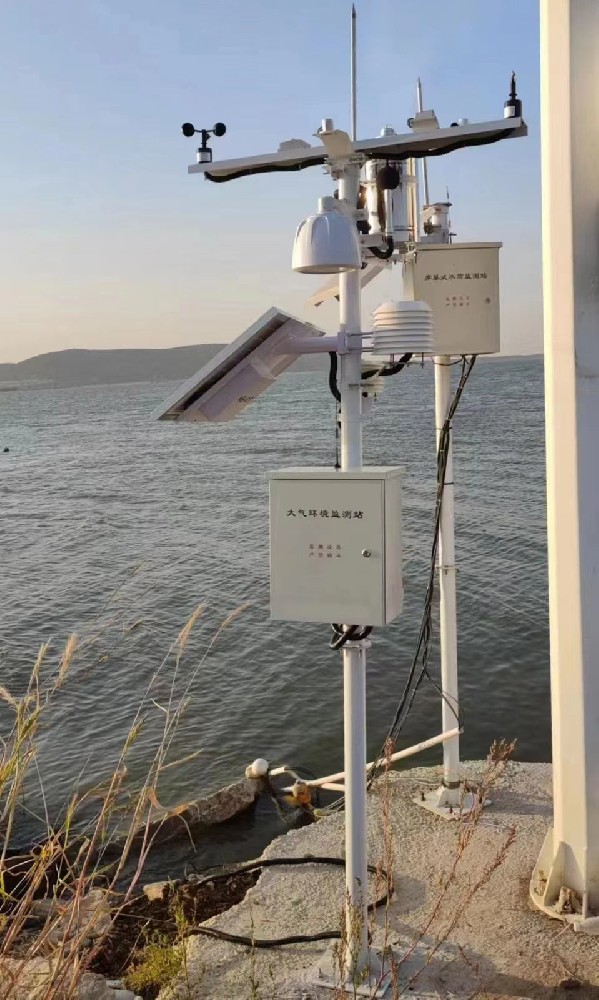
A weather station kit typically includes the following core components, each playing a unique role in monitoring and data processing:
- Temperature Sensor: Measures air temperature with an accuracy of ±0.5°C. Used to assess crop growth conditions and provide frost or heat warnings.
- Humidity Sensor: Measures air relative humidity with an accuracy of ±3% RH. Helps analyze crop water needs or environmental comfort.
- Pressure Sensor: Monitors atmospheric pressure changes with an accuracy of ±1 hPa. Supports weather forecasting and storm warnings.
- Wind Speed Sensor (Anemometer): Uses ultrasonic or rotating cup technology to measure wind speed with an accuracy of ±0.5 m/s. Used for predicting storms or optimizing agricultural spraying.
- Wind Direction Sensor (Wind Vane): Records wind direction with a resolution of 16 directions. Analyzes the impact of wind on crops or facilities.
- Rainfall Sensor (Raingauge): Uses drop counters or collection bowl technology to measure rainfall with an accuracy of ±0.2 mm. Guides irrigation and flood prevention.
- Solar Radiation Sensor: Measures light intensity or solar radiation, complying with WMO standards. Assesses photosynthesis or solar energy efficiency.
- Additional Sensors: Such as PM2.5, PM10, noise, or UV sensors, meeting environmental monitoring or research needs.
- Soil Temperature and Humidity Sensor, Snowfall Sensor (optional): Monitors soil moisture and temperature, providing key data for agricultural irrigation and environmental protection.
Functional Value: Sensors are the core of the kit, directly determining data accuracy and reliability. High-quality sensors meet WMO standards and are suitable for professional analysis.
- Role: Connects all sensors, receives sensor signals, converts them into digital data, performs linearization, calibration, and quality control, and generates real-time meteorological values.
- Function: The built-in storage module saves historical data to prevent data loss due to network interruptions. Some data loggers support generating trend charts.
- Value: Ensures data accuracy and continuity, providing a reliable foundation for analysis and decision-making.
- Supports user-configurable sampling frequency and data upload intervals.
- Optional alarm and edge computing capabilities (for some models).
Depending on the deployment scenario, options include:
- 4G/5G Cellular Communication: Commonly used in remote areas for remote data uploads to servers or cloud platforms.
- LoRa/NB-IoT: Suitable for low-power wide-area network deployment.
- Wi-Fi or Wired Network: Suitable for places with fixed network infrastructure.
- Role: Transmits data to the cloud or user terminals via 4G, 5G, LoRa, GPRS, or Wi-Fi.
- Function: Supports real-time data uploads and is compatible with multiple protocols (e.g., Modbus RTU/Modbus TCP), facilitating system integration.
- Value: Enables remote monitoring and reduces on-site maintenance, ideal for large-scale or remote deployments.
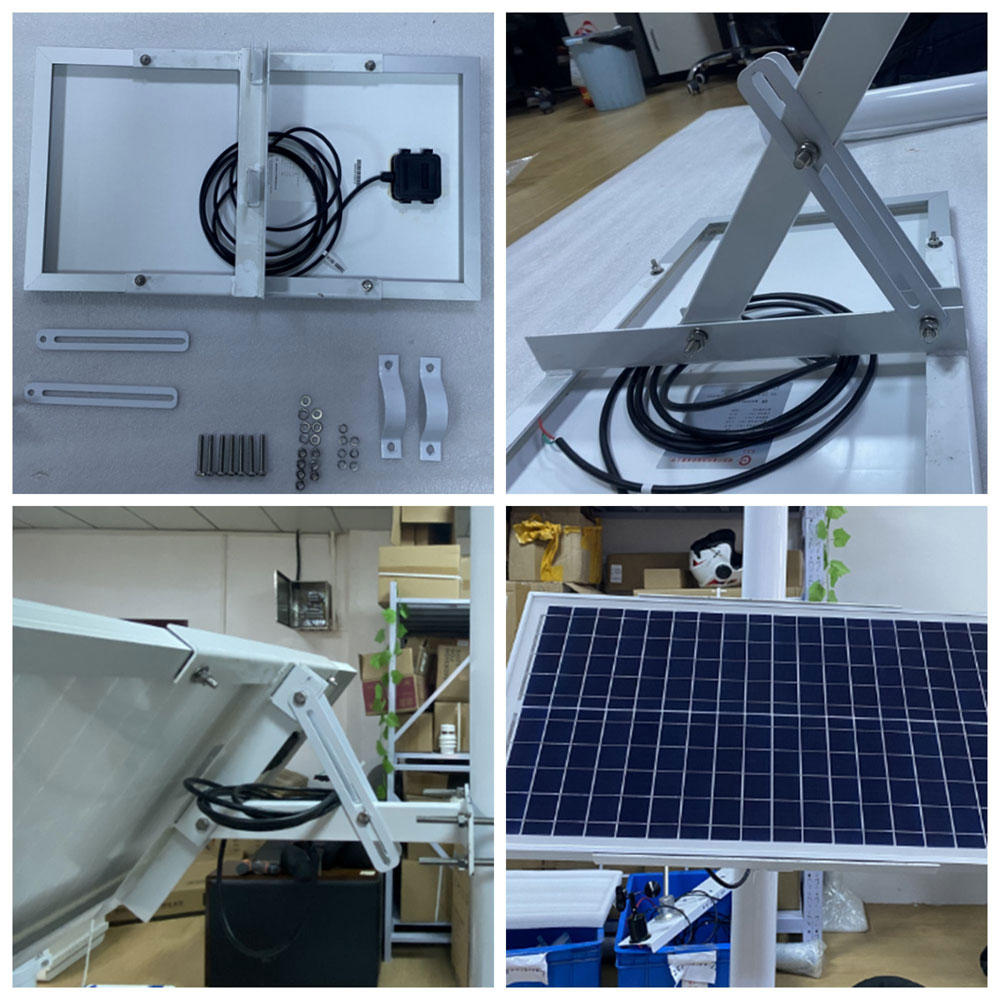
- Solar Panel + Lithium Battery (common combination): Provides continuous power throughout the day.
- AC Adapter: Suitable for urban or industrial park use.
- Backup Battery Module: Ensures continued operation during power outages.
- Role: Provides stable power, typically including solar panels, charging batteries, and low-power circuits (power consumption as low as 0.3W).
- Function: Solar power supports long-term operation, while batteries ensure operation at night or on cloudy days.
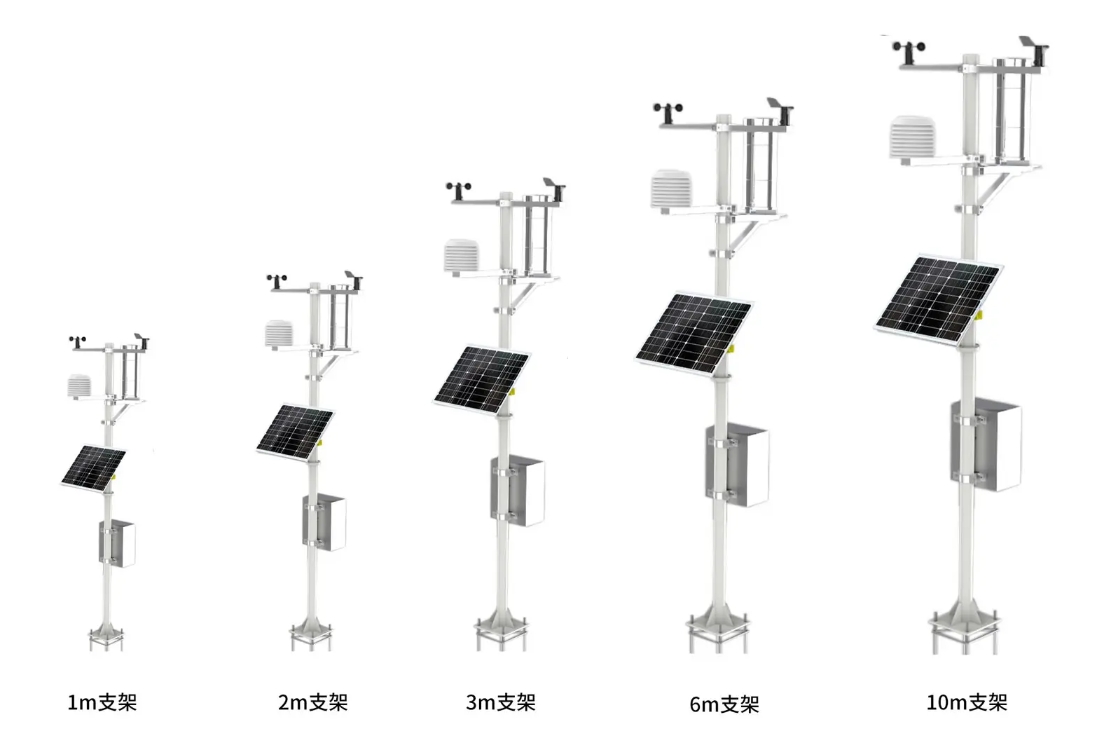
- Stainless Steel Poles or Tripod Brackets.
- Sensor Mounting Brackets.
- Lightning Protection and Grounding Devices.
- Waterproof and Dustproof Enclosures.
- Role: Protects equipment from wind, rain, corrosion, or extreme temperatures, and secures sensors and power components.
- Function: The IP68-rated protective casing is waterproof and dustproof, while the radiation-proof ventilation cover prevents direct sunlight from affecting temperature measurements. Brackets (such as tripods or single-arm supports) facilitate installation on the ground, rooftops, or poles.
- Value: Ensures the durability and data accuracy of the equipment, extending its service life.
- Role: Provides data visualization and user interaction interfaces.
- Function: Includes mobile apps, web platforms, or dedicated software to view real-time data, set warning thresholds, and generate reports. Some kits come with LCD or OLED displays to show time, date, and meteorological data.
- Value: Enhances user experience, simplifies data management and analysis, and is suitable for educational or personal use.
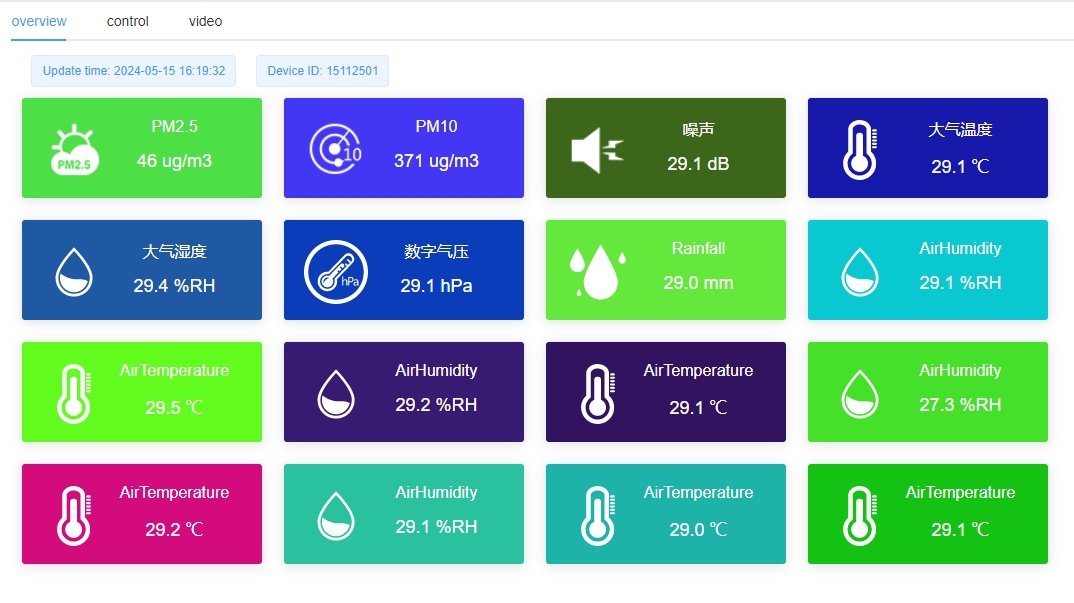
Due to their flexibility and high accuracy, wireless weather station kits show broad value in the following fields:
- Monitoring rainfall, temperature, humidity, and solar radiation optimizes irrigation and fertilization plans. For example, rainfall data prevents unnecessary irrigation, saving 20-30% of water resources. Frost warnings protect orchards from low temperatures.
- Monitoring PM2.5, PM10, and noise levels provides data for urban air quality management and forest fire prevention. For example, wind speed and humidity data assess fire risks and allow for early deployment of defense measures.
- Monitoring visibility, road surface slipperiness, and strong winds provides warnings for roads, bridges, and airports. For instance, kits on coastal highways report storm information, ensuring driving safety.
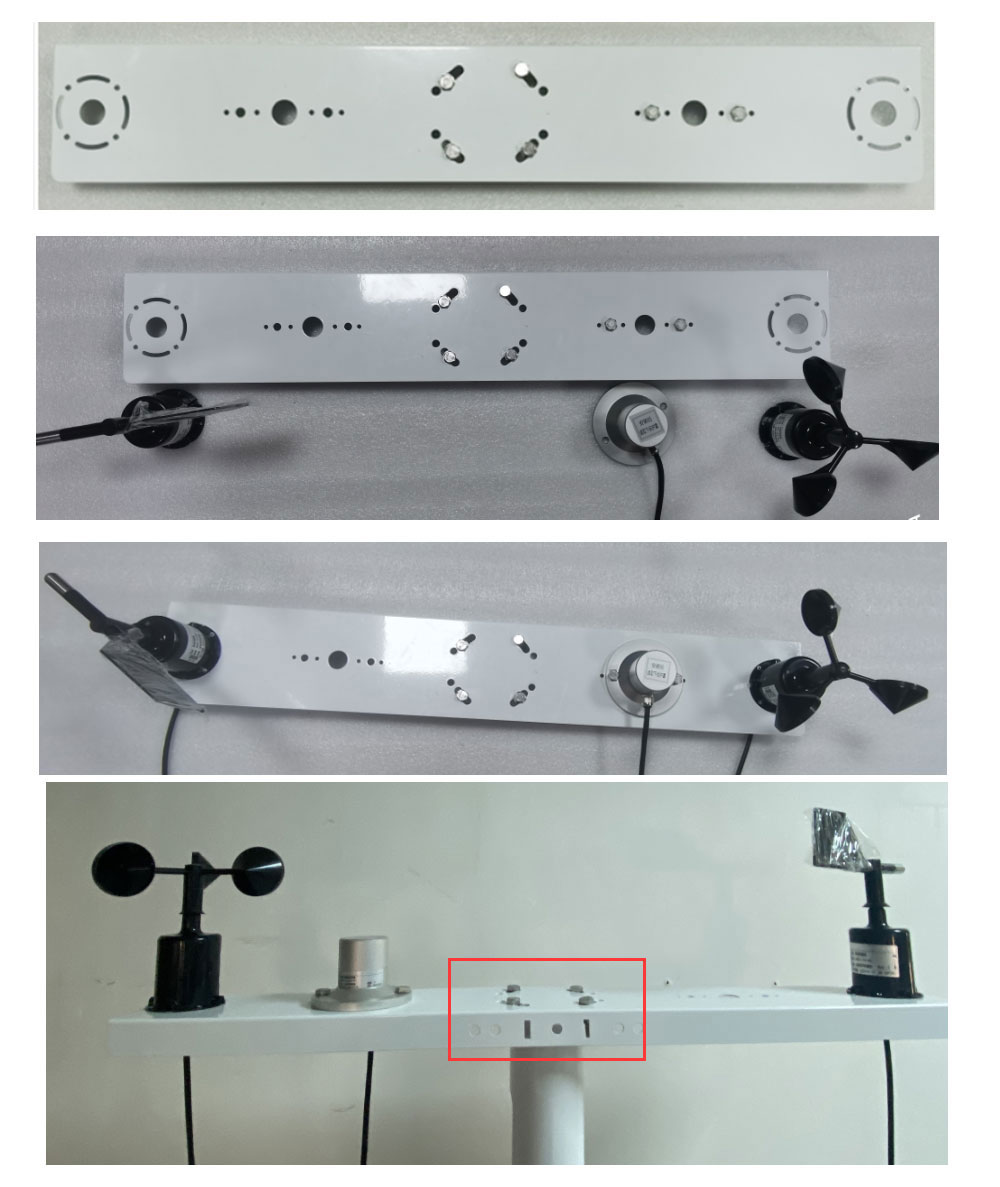
- Provides wind speed, wind direction, and solar radiation data to optimize the site selection and operation of wind and solar energy projects. For example, wind speed data helps assess wind energy potential.
- Provides high-precision data for climate change research, atmospheric modeling, and teaching experiments. Portable kits are ideal for field surveys, and students can learn meteorological principles by analyzing data.
- Provides real-time wind speed, snowfall, and temperature data for scenic spots, hiking, or skiing activities, ensuring the safety of tourists.
- Establishes long-term monitoring sites to track climate trends and supports environmental assessment and scientific research projects.
When choosing a suitable weather station kit, you should consider your needs, environment, and budget. Here are key purchasing points:
- Determine the required parameters (e.g., rainfall and solar radiation for agriculture, soil temperature and humidity, atmospheric temperature and humidity; PM2.5 for environmental monitoring). Research applications require WMO-standard sensors, while personal use can opt for mid-range kits.
- Geographical Location: Choose LoRa or satellite communication kits for remote areas and Wi-Fi or 4G for urban environments.
- Climate Conditions: Extreme environments (e.g., -40°C to 80°C) require IP68-rated protection and wide temperature range kits.
- Site Restrictions: Follow WMO siting standards, such as installing an anemometer 10 meters high and placing the rain gauge at least 5 meters away from obstacles.
- Prefer solar-powered kits and check battery capacity and low power consumption to ensure long-term operation.
- Choose modular designs for easy maintenance and upgrades to extend service life.
- Choose kits that support cloud platforms for remote access and data sharing.
- Ensure the communication module supports reliable protocols (e.g., LoRaWAN or 3G/4G/5G) for long-distance transmission.
- Check the app or software support for data visualization and warning settings.
- For personal use: Ideal for home or educational purposes.
- For professional use: Provides high-precision sensors and cloud support, suitable for agriculture, environmental monitoring, or research.
- Follow WMO siting guidelines: place the anemometer 10 meters high, the rain gauge away from obstacles, and the temperature sensor with a radiation shield.
- Choose kits with tripods or single-arm supports for easy installation and ensure the solar panel does not interfere with sensors.
- Choose kits that support additional sensors (e.g., CO2 or soil moisture) to meet future needs.
- Ensure compatibility with Modbus protocols, RS485/232, or APIs for data integration.
- Ensure compatibility with existing systems (e.g., platform compatibility).
- Look for after-sales service and remote technical support.

A weather station kit is a highly integrated and easy-to-deploy environmental monitoring solution. Its core components (sensors, data loggers, communication modules, etc.) work together to provide real-time meteorological data, optimize resource use, reduce risks, and promote sustainable development. Choosing the right kit requires considering monitoring needs, environment, budget, and data management requirements. It is suitable not only for precise monitoring in professional fields but also for educational and research scenarios. By selecting the appropriate configuration, users can achieve low-cost and high-efficiency local weather data collection, enabling more scientific decision-making and management of agriculture, energy, cities, and natural resources.
NiuBoL offers a variety of customizable weather station kits. Feel free to contact us for detailed product information and technical support!
Related recommendations
Sensors & Weather Stations Catalog
Agriculture Sensors and Weather Stations Catalog-NiuBoL.pdf
Weather Stations Catalog-NiuBoL.pdf
Related products
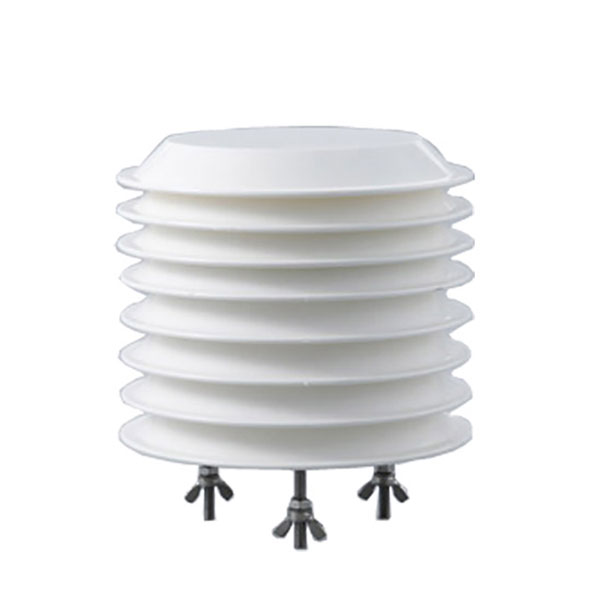 Combined air temperature and relative humidity sensor
Combined air temperature and relative humidity sensor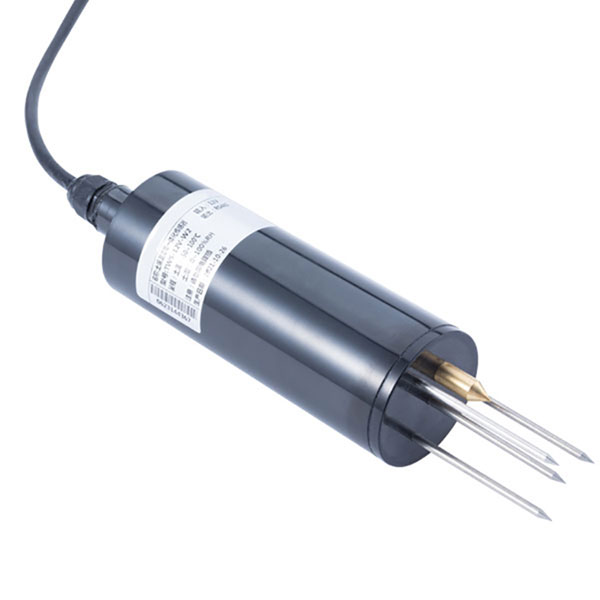 Soil Moisture Temperature sensor for irrigation
Soil Moisture Temperature sensor for irrigation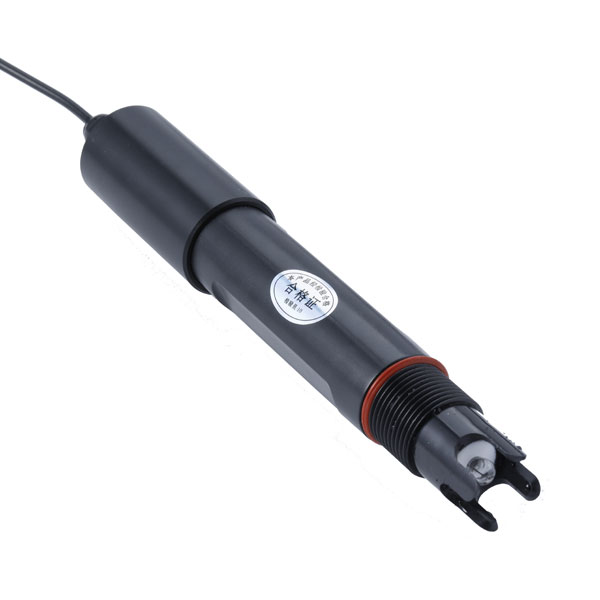 Soil pH sensor RS485 soil Testing instrument soil ph meter for agriculture
Soil pH sensor RS485 soil Testing instrument soil ph meter for agriculture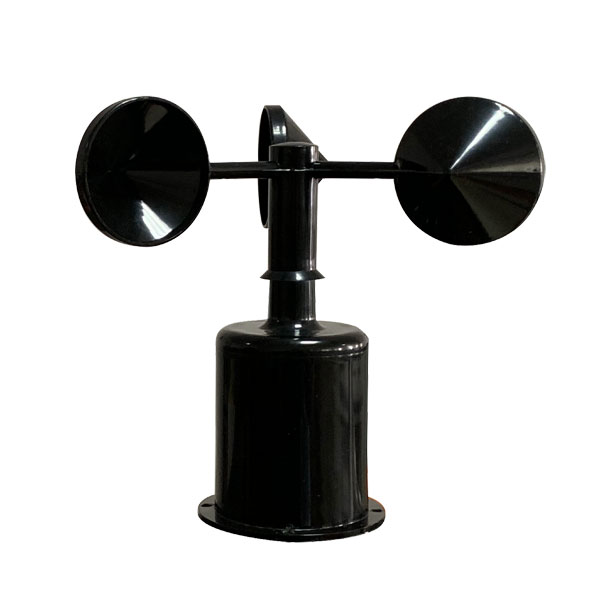 Wind Speed sensor Output Modbus/RS485/Analog/0-5V/4-20mA
Wind Speed sensor Output Modbus/RS485/Analog/0-5V/4-20mA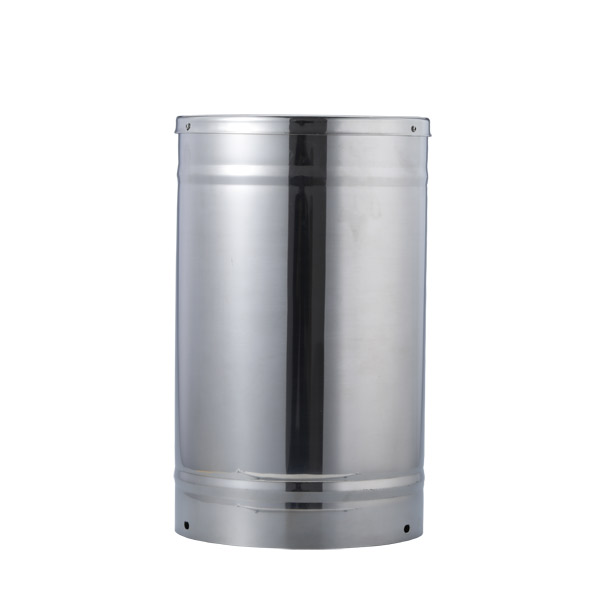 Tipping bucket rain gauge for weather monitoring auto rainfall sensor RS485/Outdoor/stainless steel
Tipping bucket rain gauge for weather monitoring auto rainfall sensor RS485/Outdoor/stainless steel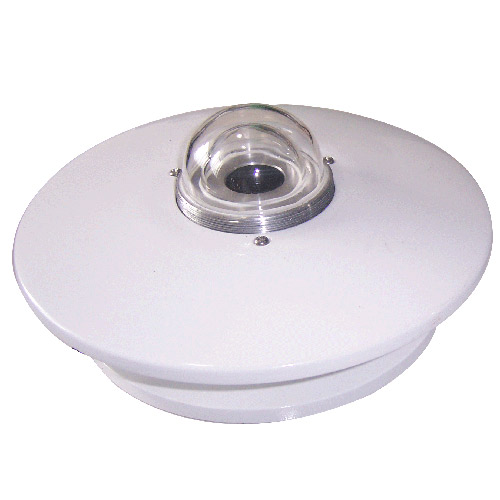 Pyranometer Solar Radiation Sensor 4-20mA/RS485
Pyranometer Solar Radiation Sensor 4-20mA/RS485
Screenshot, WhatsApp to identify the QR code
WhatsApp number:+8615367865107
(Click on WhatsApp to copy and add friends)
